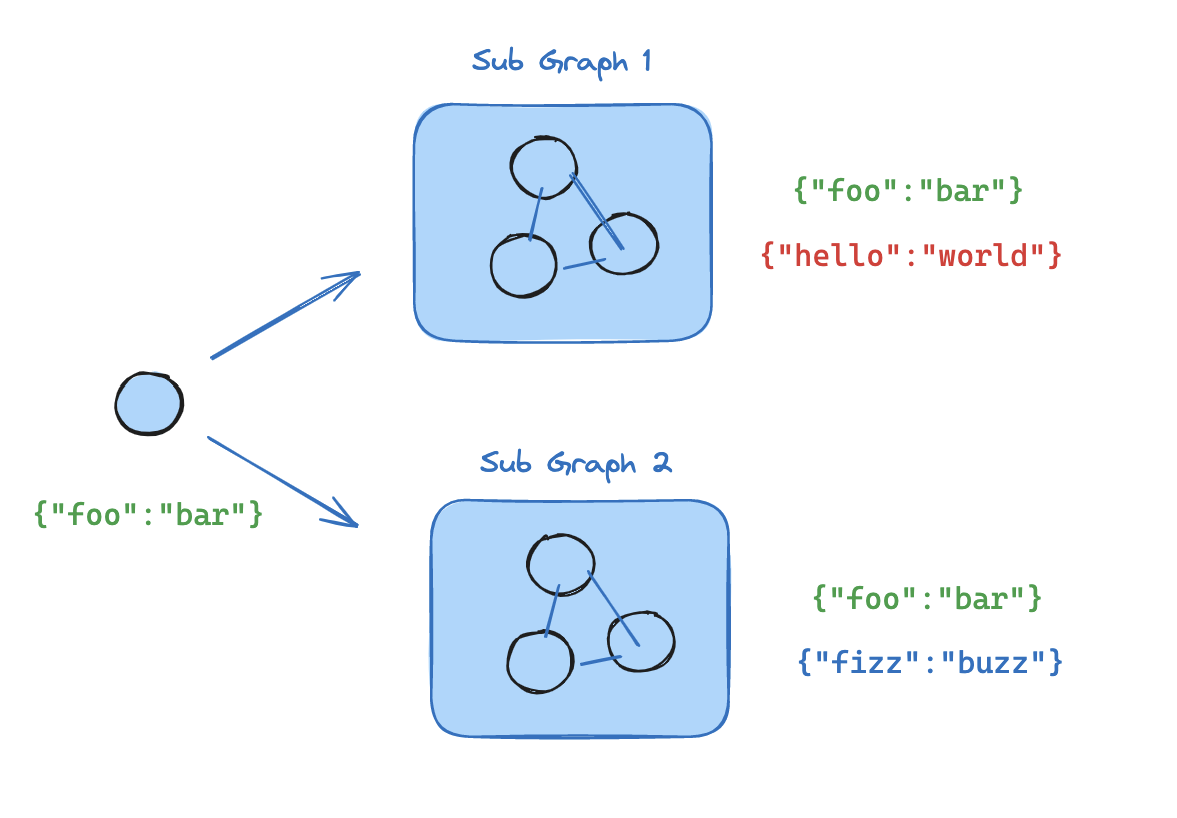Alpha Notice: These docs cover the v1-alpha release. Content is incomplete and subject to change.For the latest stable version, see the current LangGraph Python or LangGraph JavaScript docs.

- Building multi-agent systems
- When you want to reuse a set of nodes in multiple graphs
- When you want different teams to work on different parts of the graph independently, you can define each part as a subgraph, and as long as the subgraph interface (the input and output schemas) is respected, the parent graph can be built without knowing any details of the subgraph
-
Parent and subgraph have shared state keys in their state schemas. In this case, you can include the subgraph as a node in the parent graph
-
Parent graph and subgraph have different schemas (no shared state keys in their state schemas). In this case, you have to call the subgraph from inside a node in the parent graph: this is useful when the parent graph and the subgraph have different state schemas and you need to transform state before or after calling the subgraph

